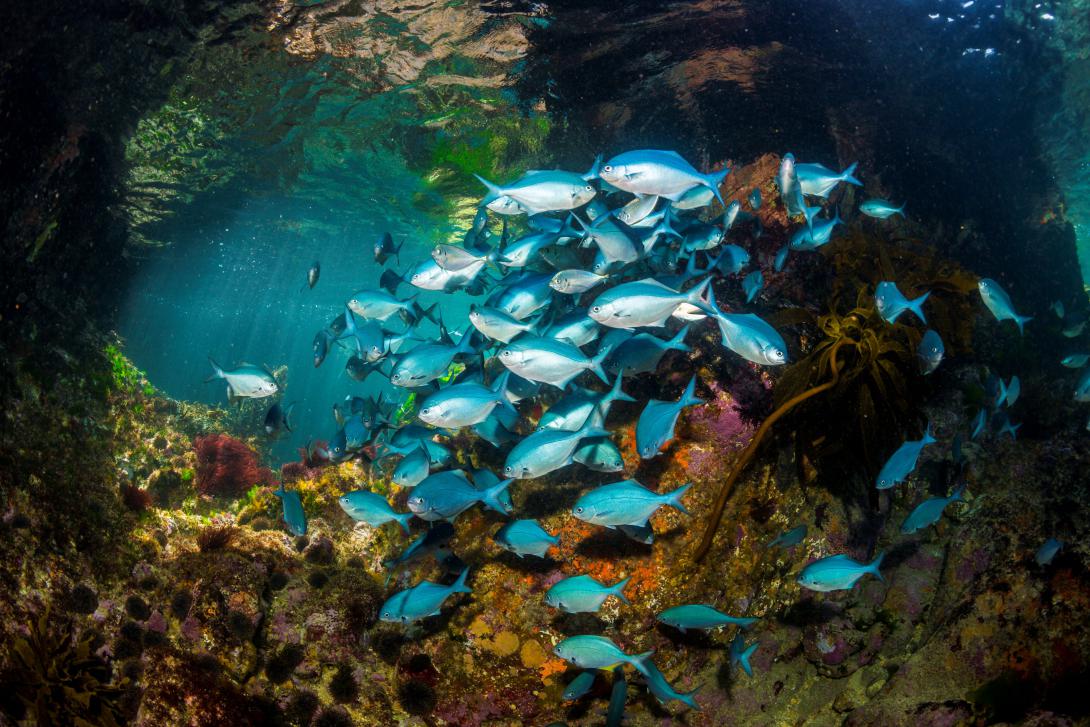The Hauraki Gulf / Tīkapa Moana is on the brink of ecological collapse.
Overfishing, habitat loss, pollution, sedimentation, and the effects of poorly planned urban development have led to a 57 percent decline in key fish stocks, a 67 percent decline in seabirds, and a 97 percent decline in whales and dolphins in the Gulf. Scallop and crayfish populations are functionally extinct in some areas.
The creation of new marine protected areas in the Hauraki Gulf is essential to protecting and restoring its environment, as well as benefitting the communities and industries that rely on the Gulf for their livelihoods.
The Hauraki Gulf Marine Protection Bill seeks to extend two marine reserves and create five seafloor protection areas and 12 high protection areas in the Hauraki Gulf, acknowledging customary rights within seafloor protection areas and high protection areas.
The Bill is the result of years of collaborative work between tangata whenua, environmental groups, commercial and recreational fishers and others involved in the SeaChange process that began in 2013.
In June, the Environment Select Committee agreed unanimously the Bill should be taken forward with no substantive changes to the high protection areas.
Now, it is all at risk because the Government has taken the decision to amend the Bill to allow a type of fishing known as ring-netting to take place in two of the new ‘high protection areas’ – zones which had been explicitly designed to exclude both commercial and recreational fishing and provide a safe haven for marine life to recover.
